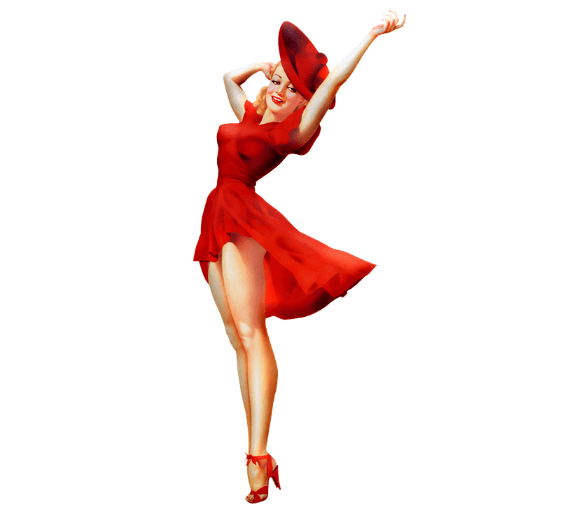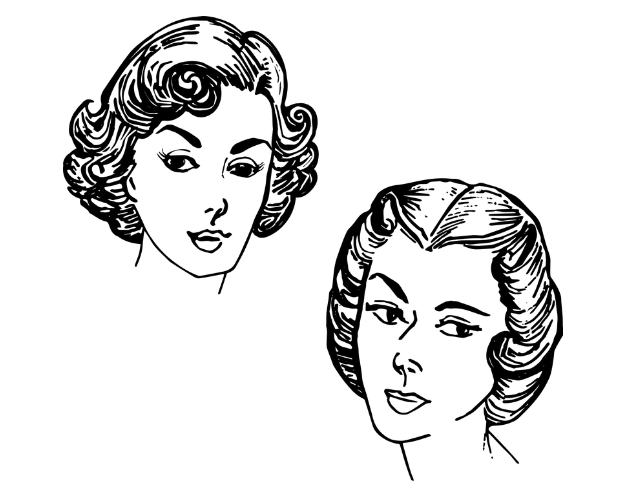The first half of the 1940s and the fashions in the Western world were dominated by World War II. Wartime production needed materials such as wool, leather, silk, zipper, nylon, and rubber. Furthermore, clothing was rationed in some parts of Europe and the United States. The 1940s fashion designers had to be innovative and efficient in making dresses, shoes, and suits.
The War’s Effect on Fashion
Millions of people have different ways of dressing during the duration of the war. Both women and men wore military uniforms. Many women also wore laborer’s clothing, like trousers or coveralls. People had to settle with repurposed or older clothing rather than buying new styles and designs in many situations. Due to regulations and shortages, both the poor and the wealthy were more likely to be dressed alike.
However, the war has prompted a larger regional variety in styles of clothing. The longtime heart of Western fashion, Paris, was cut off throughout the German occupation. Designers from other places started gaining more influence in their countries. In many countries, laws controlled the garment industry, and manufacturers had fewer abilities to distribute globally.
Women’s Fashion in the 1940s
Popular Dress Styles
The classic 1940s female dress silhouette was comparable to a uniform: fitted and simple, with a slim-belted waistline, boxy shoulders, and a hemline under the knee. In cold weather, you may see women wearing long-sleeved dress suits of the same shape.
Claire McCardell, a designer in the United States, popularized comfortable, sporty dresses that were a bit roomier, including the famous popover wrap dress. She utilized casual fabrics like denim and more playful and colorful jersey and seersucker fabrics. Also, rayon grew to be a popular, cheap dress fabric.
Women’s fashions in Germany were limited during the war. The German Fashion Brand urged women to don traditional dirndl dresses created by German designers. Additionally, women were ordered not to wear perfume, makeup, glamorous clothing, furs, or trousers.
French designer Christian Dior then launched what soon was known as the “New Look” after World War II. His design rounded the shoulders and emphasized the hips using a full, pleated skirt. The hemline was dropped to the mid-calf or even lower. These alterations commemorated the end of rationing and insinuated women’s return to domestic life. Regardless of some criticism, the New Look stayed popular into the 50s.
Women’s Pant Styles
At the start of the 1940s, women in the Western world didn’t usually wear trousers in public, save as activewear. But as they wore them out of necessity, a lot of women grew to appreciate their practicality and comfort. A shortage of stockings gave women more reason to pick trousers.
During this decade, women’s dress pants were high-waisted and wide-legged, worn as pantsuits with coordinating tops or tucked-in blouses. After the war, dresses began dominating women’s fashion again. But pants found a permanent spot in the wardrobes of many women.
Women’s Accessories, Hairstyles, and Hats
In the 1940s, women usually have shoulder-length or longer hair styled with rolls and waves without bangs. The “victory roll” aided women in managing long hairstyles during a long day; later, they could unroll the hair into shapely waves. Women also wore headscarves and turbans to stop their hair from getting in the way while working, and because the lack of hair-care products made it hard to maintain a polished style.
During the war, women’s accessories and hats weren’t subject to considerable regulation. Many had military or patriotic styling. Some hats were simple and small. Others used accessories to add feminine touches of color to the more utilitarian aspect of rationed clothing.
Men’s Fashion in the 1940s
Men’s Suits
In public, men that aren’t in uniform often donned suits during the 1940s. Many settled with their older suits from the 30s. Suit vests were no longer preferred for excessive use of fabric. Instead of wool, new suits were created with a wool-rayon blend, usually with patterned fabric.
In the United Kingdom, double-breasted suits were replaced by single-breasted suits to preserve materials and labor. Trousers weren’t permitted to have cuffs, although this style was unpopular, and many men bought an overly lengthy size and had them altered.
The “Victory Suit” in the United States used similar specifications, though the rules were a bit looser. The colorful, baggy “zoot suit,” popularized in the 1930s by jazz culture, became popular with some young Mexican and Italian immigrants, regardless of restrictions against creating them. Some deem zoot suits to be unpatriotic.
When the war came to an end, double-breasted jackets that have wider lapels and baggier suits grew popular again. Returning soldiers in the United States liked the “Bold Look” fashion: sports jackets in contrasting colors and suits and ties with louder patterns and bolder colors.
Men’s Hats
A well-styled man in the 40s fashion don a hat, although after the war, hats became less popular with younger men.


